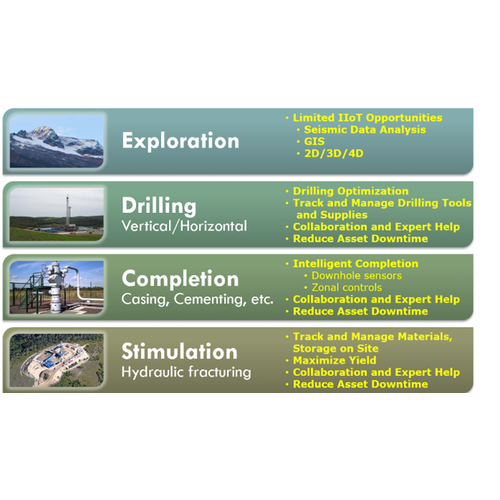
Published on 07/29/2016 | Market Sizing
This article originally appeared in Industrial IoT/Industrie 4.0 Viewpoints .
Check out my colleague Larry O'Brien's latest blog on how automation suppliers are already driving IIoT functionality into their process automation offerings. The DCS, however, exists primarily in the realm of real-time controls for critical process functions. Demand for determinism, fast response times, and high availability in process control preclude the use of the IIoT for real-time control applications, for now at least.
However, cloud technology is already being rapidly embraced by process automation end users in areas where real-time control is less of a concern, like system engineering and cloud hosting of operations management applications and plant data. Virtualization has also rapidly been embraced by many process automation end users. Virtualization technology was introduced to the world of process automation several years ago, and its rapid rate of adoption should also be indicative of the adoption of cloud technology, big data, and analytics.
The impact on edge devices, like gateways, is also significant, as our analyst Chantal Polsonetti points out in our new study on industrial network gateways, which frequently are the edge devices for the IoT, “Edge devices are assuming more IT-associated functionality due to the need to filter and massage data so that low-capacity remote networks are not overloaded and so that the higher-level platforms aren’t flooded with the tidal wave of data generated by industrial devices.
Edge computing, fog computing, and similar strategies will be paramount to both prevent this data deluge and deliver feedback locally and as close to real-time as possible. Ability to execute applications on edge devices will therefore be increasingly required. Edge analytics applications that serve the business objectives of reduced downtime, maximized performance, and production operations are now emerging as the killer apps in this area.”
